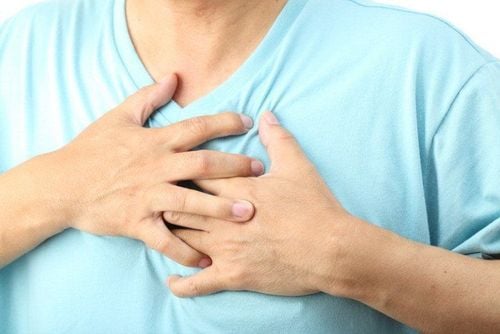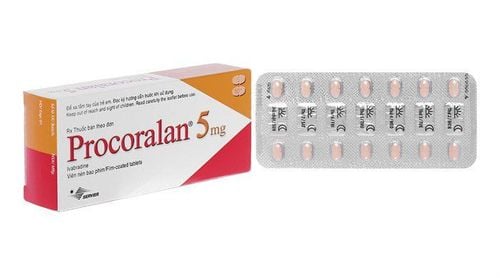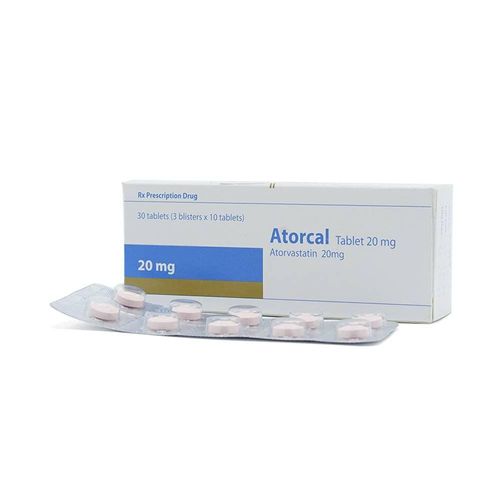This is an automatically translated article.
The article was professionally consulted by Dr. Nguyen Van Duong - Interventional Cardiologist - Cardiovascular Center - Vinmec Central Park International General Hospital.Angina is a common medical condition in people over 50 years old because the most common cause is coronary artery stenosis. Angina pain consists of 2 types, typical and atypical angina, properly understanding these two types will help patients identify their own abnormal symptoms and treat them early, avoiding dangerous complications. dangerous.
1. What is angina?
Coronary artery disease angina usually occurs after exercise, improves with rest and has the following features:
Pain such as tightness, squeezing or pressure behind the sternum (due to coronary artery disease). The pain, which usually lasts a few minutes, recurs in the presence of predisposing factors such as exertion and anxiety, is characteristic of typical coronary artery disease. Pain that lasts longer than 20 minutes and does not subside with rest may be due to a heart attack or unstable angina. Pain that lasts a few seconds is often caused by causes other than coronary artery disease. Pain is usually in the left chest or behind the sternum, spreading to the chin, left shoulder, then down the inside of the left arm. The accompanying symptoms may be: shortness of breath, dizziness, sweating, vomiting, nausea, difficulty swallowing, if there is fever, it is necessary to consider infectious causes. In addition, the pain, if due to other causes, will have features such as:
Burning pain from the abdomen (suggesting reflux esophagitis). Burning pain with breathing (due to pericardial or pleural disease). Sharp stabbing pain at a point in the chest or back (neurological, psychological, or aortic disease).

2. Distinguish typical and atypical angina
2.1 Typical angina Typical angina usually occurs with exertion such as walking a certain distance, may depend on the weather, after eating, after being emotional, after intercourse,...
Location: pain behind the sternum can spread to the neck, shoulder, hand, jaw, epigastrium, often on the left shoulder and then down the inside of the left hand, sometimes pain on the neck, up the jaw, toothache, .. Properties: tight pain, pressure, pain like spasm, squeezing, twisting and heaviness in the chest. Duration: usually lasts a few minutes (less than 20 minutes) and the number of times varies from case to case, sometimes very few (1-2 episodes/year), sometimes continuously for months. Symptoms should subside with rest or nitroglycerin infusion. Additional signs may include: shortness of breath, nervousness, anxiety, and sweating.

2.2 Atypical angina Common: in the elderly and women, with many diseases such as diabetes, hypertension, dyslipidemia... Location: pain in epigastric or sternal process On the right shoulder, the pain spreads between the shoulder blades, spreads to the abdomen, ... In addition, in the painless form, the patient will feel severe pain in the front of the heart, numbness in the left hand, suffocation, cough. Pain in the lying position: occurs at rest, possibly at fixed hours of the night.
Trắc nghiệm: Huyết áp của bạn có đang thực sự tốt?
Huyết áp cao hay thấp đều ảnh hưởng đến tình trạng sức khỏe con người. Để biết tình trạng huyết áp của bạn có thực sự tốt không, hãy làm bài trắc nghiệm sau đây để đánh giá.Please dial HOTLINE for more information or register for an appointment HERE. Download MyVinmec app to make appointments faster and to manage your bookings easily.














